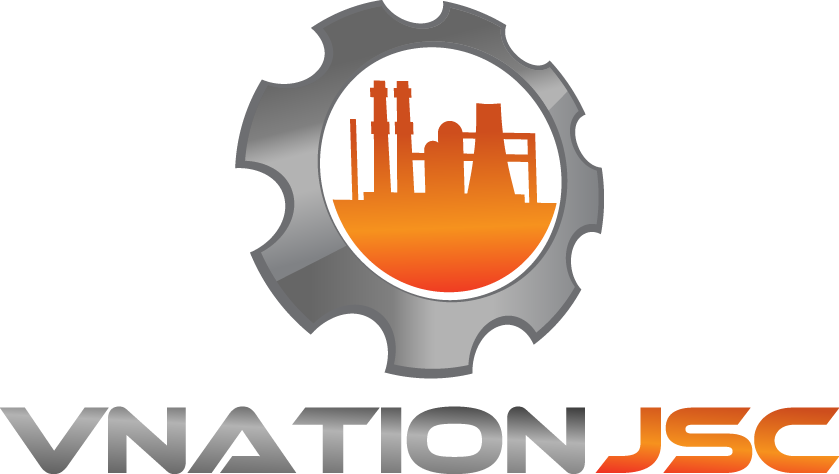Unmatched stability and uniformity for thermocouple calibrations to 1100 °C
- Combined stability and uniformity better than ±0.4°C
- RS-232 serial interface standard
- High capacity for simultaneous comparison calibrations
- CE compliant
Need the most accurate thermocouple calibrations possible? The 9112B Thermocouple Calibration Furnace gives you a broad temperature range to 1100 °C, stability up to ± 0.05 °C, and all at an excellent price. In addition, you can take advantage of optional MET/TEMP II software that completely automates the furnace and thermocouple calibration processes.
Alternative tools such as a sand bath or fluidized alumina bath have been used for calibrations up to 700 °C but with very poor comparative performance. Gradients of several degrees are common in a sand bath, along with poor stability, resulting in low-accuracy calibrations. Sand baths are also known to create a troublesome dust problem. Why buy poor performance and lab pollution?
Calibration furnaces are an excellent alternative to sand baths, especially for thermocouples, RTDs, and optical fiber probes. With a five-hole standard block and custom blocks available, the 9112B Thermocouple Calibration Furnace doesn’t limit the size and shape of sensors you can calibrate the way other furnaces do. In addition, the 9112B offers a high level of stability not found in most thermocouple calibrators.
-
Automation software
Our 9938 MET/TEMP II software lets you use your PC to automate your thermocouple calibrator. Not only does the software operate the furnace, it also automates readouts along with the calibration procedures.Unique engineering
The 9112B Thermocouple Calibration Furnace employs a special heater design for temperature uniformity and rapid heat rates. The heaters are embedded in a refractory ceramic-fiber material, forming a two-piece heating assembly. A quartz tube lines the entire test zone of the furnace, insulating the isothermal block and your work from the high-power heater windings while supporting the block and further equalizing temperature distribution.The isothermal block assembly is machined from a high-nickel-content alloy for good thermal conductivity and resistance to high-temperature oxidation. The central block is sized for optimum balance between sufficient mass for good stability/uniformity and small enough mass for rapid heating/cooling and stabilization. The assembly makes use of two smaller alloy blocks as thermal barriers and heat sinks. Guide tubes connect the blocks and guide your probes to the heart of the block. A thermal shield at the front of the assembly prevents heat loss at the front of the furnace.
Multiple probe calibrations
The standard furnace block accepts up to four probes under test and one reference probe. The four test holes take 1/4-inch-diameter probes, and the reference hole accepts the slightly larger and typical standard type S thermocouple or an SPRT. Custom isothermal blocks can handle a specific number of probes with different diameters and depths. Call our sales department for a custom quote on a Fluke Calibration thermocouple calibrator.Microprocessor control
A microprocessor-based digital temperature controller makes set-point adjustments fast and easy. Both set and actual temperatures are simultaneously displayed for your convenience. A fast push-button adjustment is used for manual temperature settings. The controller is factory tuned for best performance between 300 °C and 1100 °C when the tuning function is set for automatic conformity to the set-point requirements. When using the furnace below 300 °C, controller adjustments are made to achieve high stability.
The isothermal block design and the controller auto-tuning combine to give you metrology-level performance. The “B" block delivers uniformity of ± 0.1 °C at the low end and ± 0.3 °C or better at the high-temperature end.
The stability figures quoted in our specification table are for mid-term to long-term stability. Short-term stability during a comparison calibration is even better.
Wide-range and high-temperature calibration work are now easier and more affordable due to our innovative 9112B design. Thermocouples, RTDs, and other sensors are all calibrated with a greater level of confidence and accuracy.
Specifications
Range
300 °C to 1100 °C
(572 °F to 2012 °F)Stability
±0.05 °C at 300 °C ±0.1 °C at 700 °C ±0.1 °C at 1100 °C
Uniformity
±0.1 °C at 300 °C
±0.2 °C at 700 °C
±0.3 °C at 1100 °CHeating Rates
25 °C to 900 °C: 35 minutes
900 °C to 1100 °C: 3 hoursCooling Rates
Nom. at 800 °C ≥ 300 °C/hour
Nom. at 600°C ≥ 180 °C/hourStabilization Time
Typically 2 hours midrange, slower at low-temperature end (4 hours),
faster at high-temperature endInterface RS-232 included on all units Outside Dimensions
(HxWxD)457 x 337 x 660 mm (18 x 13.25 x 26 in)
Thermal Blocks
406 mm (16 in) immersion; includes four wells at 6.35 mm (1/4 in)
and one well at 7.11 mm (0.28 in)Weight 33 kg (72.5 lb) with block Power
230 VAC (±10 %), 50/60 Hz,
16 A, 3700 WNIST-Traceable
CalibrationData at 420°C



Comments are closed.